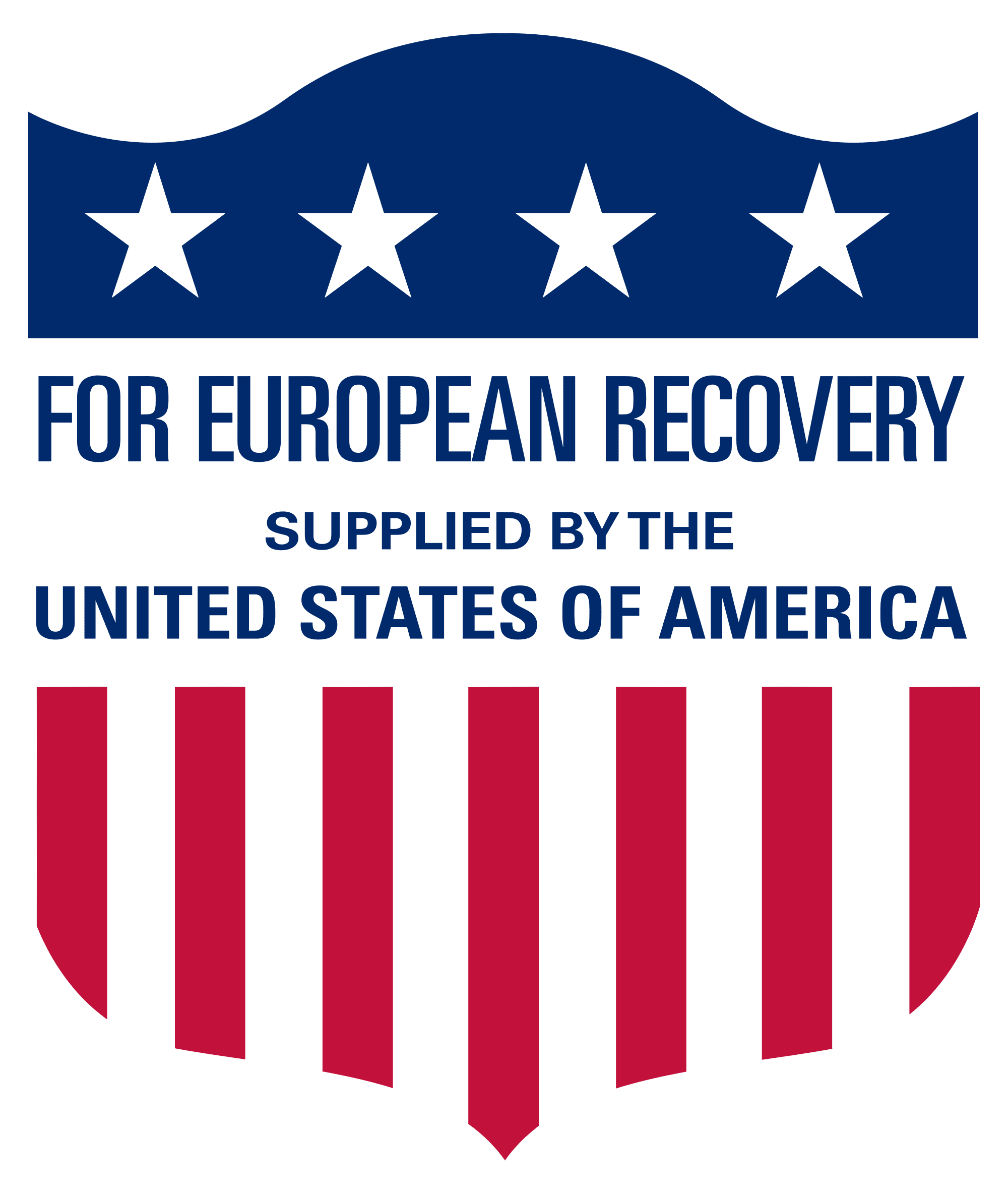The following article on the Marshall Plan is an excerpt from Lee Edwards and Elizabeth Edwards Spalding’s book A Brief History of the Cold War It is available to order now at Amazon and Barnes & Noble.
On April 5, 1947, Walter Lippmann, the most influential columnist of the day, wrote that “the danger of a European economic collapse is the threat that hangs over us and all the world.” So serious was the situation in France that the State Department unofficially sent John Foster Dulles to assess the possibility of a communist coup or a civil war between the communists—the second-largest political party in France—and the supporters of Charles de Gaulle, the leader of the Free French during World War II. Finding France torn by strikes, sabotage, and political strife, Dulles reported that prompt economic help was essential to the future of a free and secure France.
In London, Winston Churchill described Europe’s broken and ravished condition and declared that only in unity could the continent achieve economic well-being and security from aggression. Undersecretary of State Will Clayton, returning home after six weeks in Europe, wrote an urgent memorandum for the president, warning that “without further prompt and substantial aid from the United States, economic, social and political disintegration will overwhelm Europe.”
What was needed, all these observers were saying, was not more U.S. relief but a plan to revive agriculture, industry, and trade so that the stricken countries of Western Europe might once again become self-supporting.
IMPLEMENTING THE MARSHALL PLAN
It was in this context that Secretary of State Marshall accepted an invitation to speak at Harvard’s commencement exercises in June 1947. There he outlined what came to be called the Marshall Plan, one of the three essential elements of containment, along with the Truman Doctrine and the North Atlantic Treaty Organization, which would be established two years later.
The European Recovery Program (ERP) proposed by Marshall was economic in its means but political as to its ends. The ERP’s purpose was “the revival of a working economy in the world” so as to permit “the emergence of political and social conditions in which free institutions can exist.” As Truman later explained, “the world now realizes that without the Marshall Plan it would have been difficult for Western Europe to remain free from the tyranny of communism.”
The United States offered the twelve billion dollars of the Marshall plan in the form of grants, not loans, to all of Europe. Stalin quickly rejected the ERP and directed the Soviet satellite countries not to participate, further dividing Europe and setting in motion forces that would create a dangerous bipolar world.
Passage of the ERP in Congress was never in doubt, but passage by a large majority was assured on February 24, 1948, when communists carried out a coup d’état in Czechoslovakia. With the Soviet army poised on the border, communist “action committees” roamed the country, suppressing all political opposition. Klement Gottwalk formed a new cabinet dominated by communists, and the Czechoslovak Republic, which had been a symbol of democracy in Central Europe since the end of World War I, was transformed overnight into a communist satellite. The Czech coup shocked the West from Paris to London to Washington, casting what James Forrestal called a new and frightening light “upon the power, ferocity, and scope of communist aggression.”
On April 2, in an act of historic bipartisanship, Congress overwhelmingly passed the European Recovery Program. In little more than a year, the Republican Eightieth Congress had approved the Truman Doctrine, establishing that international peace and U.S. security were intertwined, and the Marshall Plan, committing America to the economic and political well-being of Western Europe. It would next approve the most controversial component of U.S. foreign policy in the postwar period—the Vandenberg Resolution, which prepared the way for NATO.
This article is part of our larger collection of resources on the Cold War. For a comprehensive outline of the origins, key events, and conclusion of the Cold War, click here.
This article is from Lee Edwards and Elizabeth Edwards Spalding’s book A Brief History of the Cold War. It is available to order now at Amazon and Barnes & Noble.
You can also buy the book by clicking on the buttons to the left.
Cite This Article
"The Marshall Plan: Preventing Europe From Collapse" History on the Net© 2000-2024, Salem Media.
April 25, 2024 <https://www.historyonthenet.com/the-marshall-plan>
More Citation Information.


